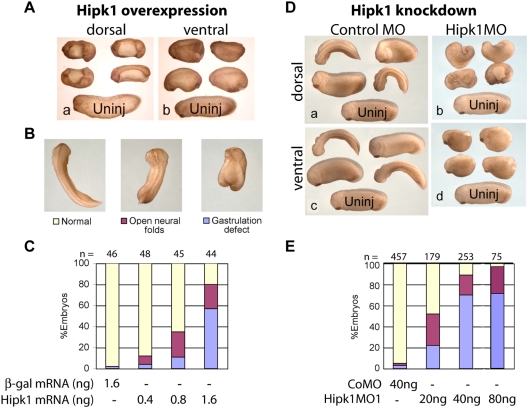Figure 5. Hipk1 over-expression and knock-down both produce gastrulation and neural tube defects.
(A) Over-expression of Hipk1 dorsally results in shortened embryos with gastrulation defects and an open neural tube both anteriorly and posteriorly (a). When Hipk1 is over-expressed ventrally, the neural tube closes, but embryos are shortened and fail to complete blastopore closure (b). Synthetic Hipk1 RNA was injected into the marginal zone of 2 dorsal or 2 ventral blastomeres at the 4-cell stage. An uninjected (Uninj) control embryo is shown at the bottom of each panel for comparison. (B) Representative phenotypes used for quantification in C and E. (C) Graphical representation of phenotype distribution resulting from increasing quantities of Hipk1 RNA injected into the DMZ. (D) Injection of Hipk1MO results in gastrulation defects and an open neural tube similar to the over-expression phenotypes in A–C. CoMO (a, c) or Hipk1MO (b, d) was injected either dorsally (a, b), or ventrally (c, d). Embryos injected with the control morpholino did not differ from uninjected embryos (Uninj) shown at the bottom of each panel. (E) Hipk1MO produces gastrulation defects in a dose-dependent manner. Anterior is to the left in A, D, and at the top in B.

